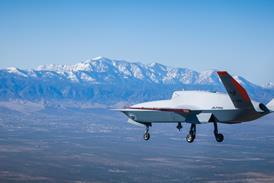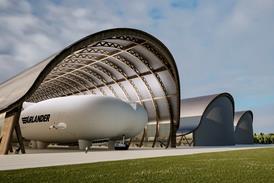The excitement about pulse detonation engines (PDE) stems from the fact that, theoretically at least, they can operate at thermal efficiencies about 30% higher than conventional combustion processes.
This is due to detonation velocities so high - at between 295,000ft/min (1,500m/s) and 395,000ft/min in a hydrocarbon fuel/air mixture, for example - that its thermodynamic cycle is effectively a constant volume or Humphrey cycle. Turbojets, turbofans, ramjets and rockets, by contrast, operate according to the laws of the Brayton, or constant pressure-cycle.
The PDE has few moving parts and the potential to operate from zero airspeed to Mach 4. Combustion takes place in an open-ended tube in which fuel is mixed with air and detonated. As the detonation wave travels down the tube at supersonic speed, a refraction wave propagates into the combustor and exhaust products leave the chamber. Pressure within the chamber drops to charging conditions, which draws in fresh fuel and air and the cycle is repeated. Each pulse lasts only milliseconds.
Source: Flight International























